China’s exports surged in March, with year-on-year growth reaching 12.4% in US dollar terms, significantly outpacing market expectations of 4.4% growth. This marked the largest increase since October of the previous year. However, imports continued to decline, falling 4.3% year-on-year, compared to economists' expectations of a 2% drop. This divergence highlights the impact of US tariffs and the broader trade war on China’s economy.
Frontloading Shipments
The spike in exports can be attributed to businesses rushing to send out shipments before the latest round of US tariffs took effect. This strategy, known as "frontloading," allowed companies to avoid the prohibitive tariffs imposed by the Trump administration. However, this surge is expected to be temporary, with analysts predicting a weakening of exports in the coming months as the full impact of the tariffs takes hold.
Trade War and Tariffs
Since President Donald Trump’s inauguration, he has imposed a cumulative 145% in tariffs on all imports from China. This includes a 20% duty related to Beijing’s role in the fentanyl trade. In retaliation, China has increased tariffs on US goods, with the latest round imposing a 125% tariff on US imports. These tit-for-tat measures have intensified trade tensions between the world’s two largest economies.
Economic Outlook and Policy Responses
Despite the strong export data in March, the outlook for China’s economy remains uncertain. The Chinese leadership has set an ambitious annual growth target of around 5%, but achieving this goal will be challenging given the escalating trade war and weak domestic consumption. There are increasing calls for the Chinese government to introduce more forceful stimulus measures to boost domestic demand and reduce reliance on exports.
Data released last week showed that Chinese consumers remain reluctant to spend, with consumer prices contracting for the second consecutive month and producer prices falling for the 29th straight month. Several investment banks, including Goldman Sachs, have revised their growth forecasts for China downward, citing the impact of US tariffs. Goldman Sachs now expects China’s economy to grow by 4.0% this year, down from its previous forecast of 4.5%.
While China’s exports saw a surprising jump in March, the long-term impact of the trade war and tariffs remains a significant concern. The frontloading of shipments provided a temporary boost, but analysts expect exports to weaken in the coming months. The Chinese government will need to balance its response to the trade war with efforts to stimulate domestic demand and support economic growth. The upcoming release of China’s first-quarter GDP growth figure and the Politburo’s high-level meeting later this month will provide further insights into the government’s strategy and the economy’s resilience.
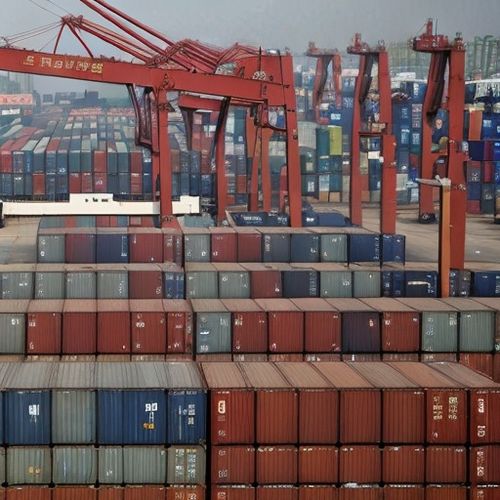
By Samuel Cooper/Apr 14, 2025

By Michael Brown/Apr 14, 2025

By Emma Thompson/Apr 14, 2025

By David Anderson/Apr 14, 2025

By Megan Clark/Apr 14, 2025
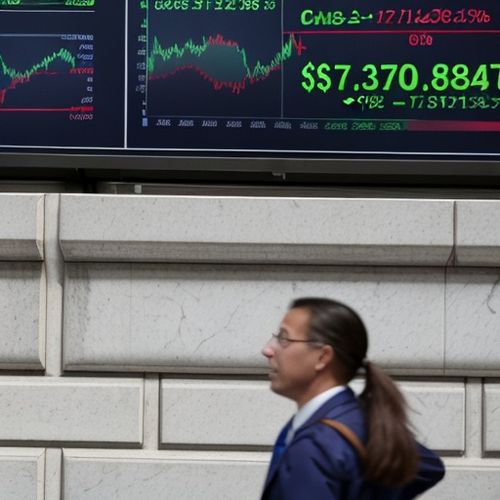
By Emma Thompson/Apr 14, 2025

By Thomas Roberts/Apr 14, 2025

By Rebecca Stewart/Apr 14, 2025

By Natalie Campbell/Apr 14, 2025

By Laura Wilson/Apr 14, 2025

By Ryan Martin/Apr 14, 2025
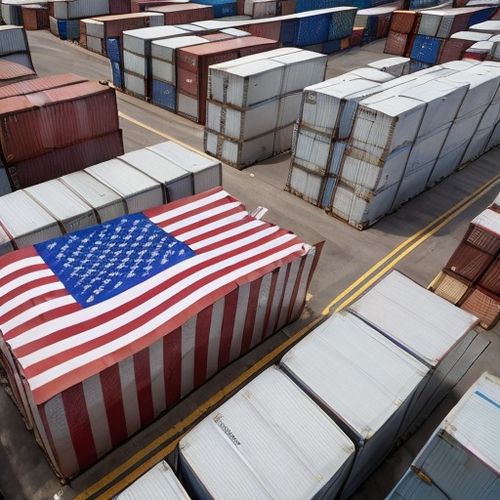
By Elizabeth Taylor/Apr 14, 2025

By Laura Wilson/Apr 14, 2025

By Sophia Lewis/Apr 14, 2025
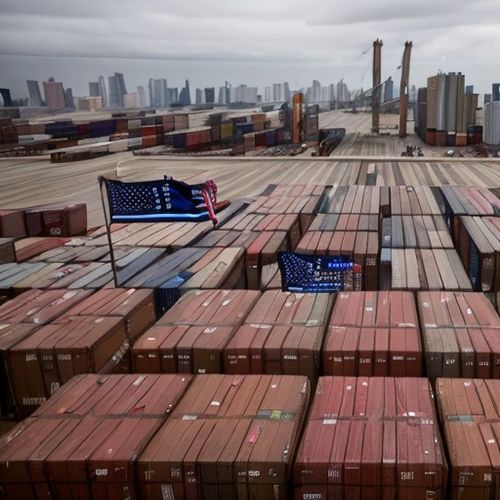
By Laura Wilson/Apr 14, 2025

By Elizabeth Taylor/Apr 14, 2025

By Amanda Phillips/Apr 14, 2025
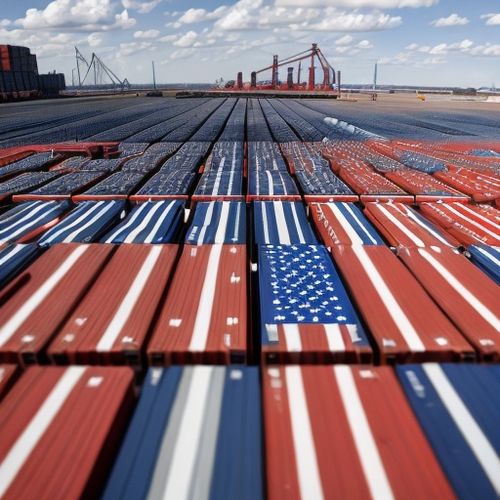
By Sarah Davis/Apr 14, 2025

By Samuel Cooper/Apr 14, 2025